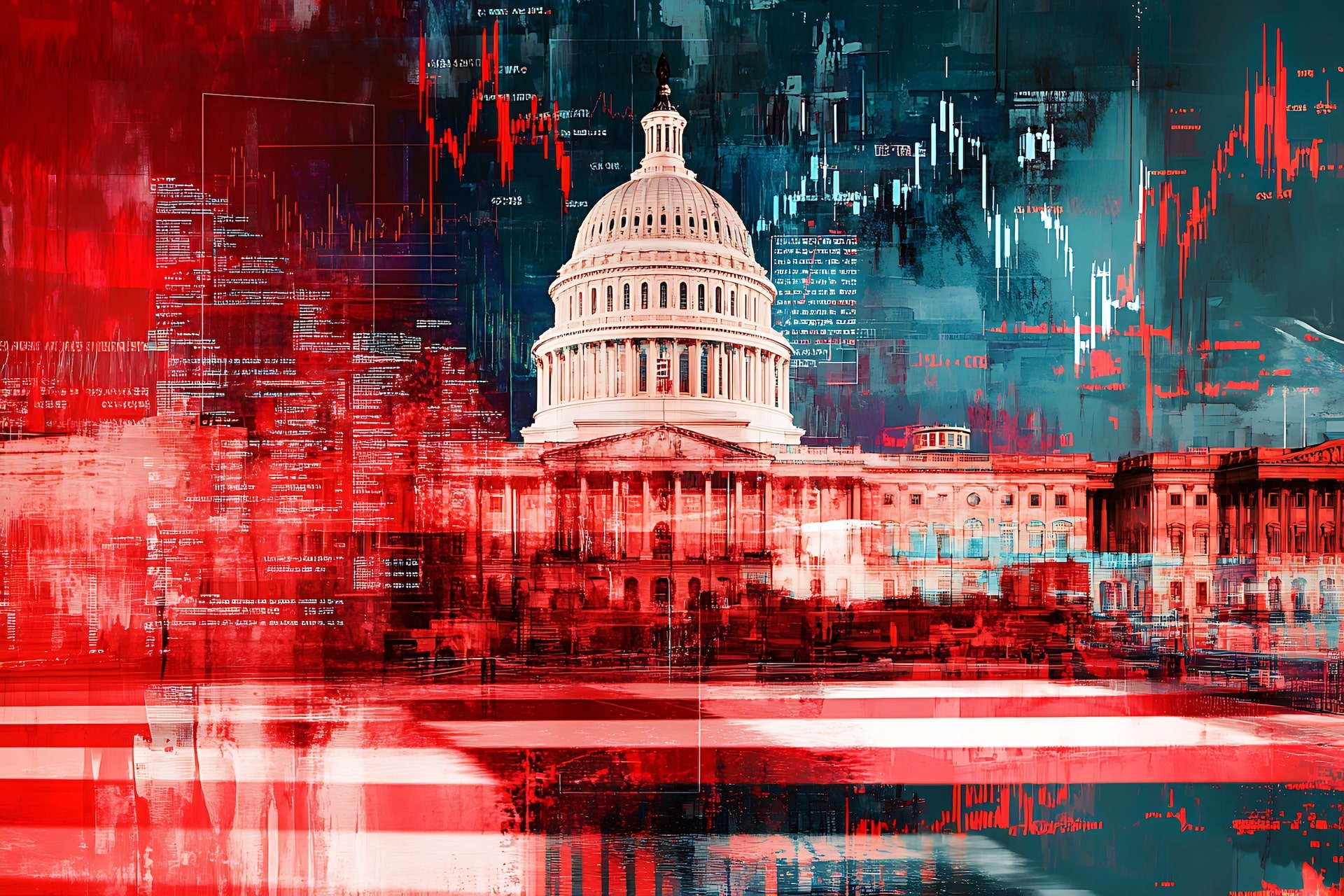Credit Sesame discusses how inflation affects all parts of life.
It started with a jump in oil prices. Then food prices shot up. Now, inflation affects almost every aspect of living. That’s exactly what makes inflation so hard to kill. It’s pervasive and it feeds on itself. A look at the recent news gives plenty of examples of inflation cropping up in different ways, and of how it impacts the lives of consumers.
Even mild inflation affects may come with bad news
On September 13, the Bureau of Labor Statistics reported that the Consumer Price Index (CPI) rose by just 0.1% in August. After the CPI was essentially flat in July, that means there was almost no inflation for two months. That sounds like good news, but investors were quick to see the bad news wrapped up within the CPI data.
Inflation was mild in July and August only because of declines in oil and gas prices. Meanwhile, just about every other sector in the CPI showed significant price increases. Notably, food prices were up 1.1% in July and 0.8% in August. Those increases would project to a 12% rate of inflation over the course of a year.
While energy prices fell a lot and food prices rose a lot in August, everything else was up by 0.6%. That projects to a 7.4% rate of inflation. What this shows is that inflation has reached the point where it’s affecting more than just one or two things. That makes it harder for consumers to avoid.
The spreading of inflation into multiple sectors of the economy also represents the kind of inflationary spiral that keeps driving prices higher. Businesses in one sector feel they have to raise prices to keep up with increases in other sectors. No one wants to get left behind, so it becomes a chain reaction of rising prices.
The railroad labor standoff was a no-win situation
A major railroad work stoppage was averted by a settlement between management and unions just days before a strike deadline. Broadly speaking, that’s good news for the economy. Many industries are still struggling to sort out supply chain problems. A widespread disruption of rail freight would have broken those supply chains across the country.
However, just the threat of this strike represented a no-win situation for the battle against inflation. A new supply-chain disruption would have created shortages of a variety of goods. Those shortages could have driven prices sharply higher. And yet, settling the strike meant giving into demands for higher wages, which is also inflationary.
Also, the situation is not yet fully resolved. The rank-and-file workforce must still ratify terms that were agreed to by their union leaders. This may prove to be more than just a formality. The more prices keep rising, the more workers may feel it’s necessary to hold out for bigger wage increases.
All of this is another example of how an inflationary spiral works. The rail workers’ demand for higher wages so their incomes can catch up to inflation is reasonable. However, by demanding those wages they create a situation that is bound to contribute to inflation.
Inflation means spending more and enjoying it less
Here’s an example of how rising inflation affects consumers:
A MasterCard SpendingPulse survey found that Americans plan to spend 7.1% more this holiday season than they did last year.
Under normal conditions, that might be kind of a feel-good story. It might suggest that people are confident enough financially that they’re opening up their wallets more to celebrate the holidays.
However, this holiday story is not quite that jolly. While people expect to spend 7.1% more this year, inflation over the past year has pushed prices 8.3% higher.
So, that entire 7.1% spending increase is an attempt to keep up with higher prices – and it still isn’t enough. As a result, people will spend more but get less for their money.
That’s an unhappy situation for individuals, and it’s bad for the economy at large. Growth in the Gross Domestic Product is formally measured after adjustment for inflation. When even large spending increases aren’t enough to keep up with inflation, it’s difficult for the economy to sustain inflation-adjusted growth.
That makes inflation affects and the possibility of a recession a continued threat, even with people spending a lot more this holiday season than last.
Keeping up with inflation is hard work
Keeping up with inflation isn’t easy. Some recent employment statistics illustrate how difficult it is.
The Bureau of Labor Statistics’ Employment Situation report for August shows that the Labor Participation rate increased by 0.3% during the month. A deeper dive into the numbers shows that the U.S. labor force increase by 2.45 million workers in the first eight months of this year.
That may represent people gaining the confidence to return to work as the pandemic eases. However, the economy largely reopened last year, but the labor force only added 1.62 million workers in all of 2021. It’s exceeded that number by 50% in just the first eight months of this year. The difference may be that inflation is making it necessary for more people to return to the workforce this year.
Earlier this year the size of the labor force regained its pre-pandemic level, and reached an all-time high in August. Because of population growth though, the labor force participation rate is still 1% below what it was before the pandemic. That suggests there is still potential for more people to add to the labor force. People returning to the workforce carries a glimmer of hope for defeating inflation.
A shortage of workers has created wage pressures that contribute to the inflationary spiral. Adding to the labor force and the ranks of full-time workers increases the supply of labor. If that continues, it should ease wage pressures.
For consumers though, beating inflation that way would be a bitter victory. It would mean choking inflation off by slowing wage growth. While this could slow the pace of inflation, it would be no help to families that are already struggling to afford higher prices.
You may also be interested in:
- Inflation is a Game-Changer: Is it Time to Change Your Strategy?
- Consumers with Poor Credit Face Extra Dose of Inflation
Disclaimer: The article and information provided here is for informational purposes only and is not intended as a substitute for professional advice.




















